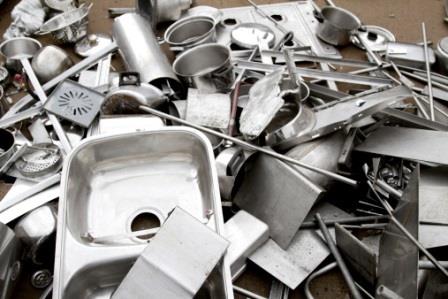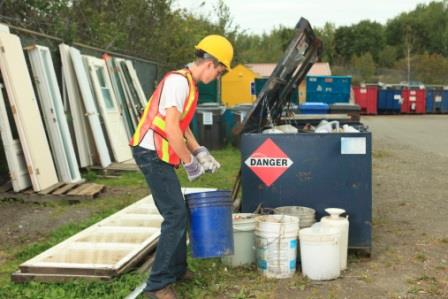

In this Edition
Construction
Management Specialists
111 Pine Street, Suite 1315
San Francisco, CA 94111
(415) 981-9430 (San Francisco office)
1663 Eureka Road
Roseville, CA 95661
(916) 742-1770 (Sacramento office)
4361 35th Street
San Diego, CA 92104
(619) 550-1187 (San Diego office)
8538 173rd Avenue NE
Redmond, WA 98052
(206) 571-0128 (Seattle office)
2063 Grant Road
Los Altos, CA 94024
(650) 386-1728 (South Bay office)
9705 Cymbal Drive
Vienna, VA 22182
(703) 268-0852 (Washington, DC office)
www.TBDconsultants.com
LEED has already caused quite a revolution in the construction industry, to the point that building 'green' is now the norm. But the next version of LEED is going to push the envelope further. Here we take a look at what LEED v4 holds in store.
If you search for ‘deconstruction’ on Wikipedia, you will find that it is a ‘form of philosophical and literary analysis’ that ‘denies the possibility of a pure presence and thus of essential or intrinsic and stable meaning’. A simpler way to put it is that deconstruction means ‘to take something apart’, and in relation to literature it can help us better understanding its meaning and relevance.

That may all seem irrelevant with regard to the construction industry, but the traditional way of disposing of a building at the end of its useful life tended to ignore the relevance and meaning of the components that made up the building. The building may have come to the end of its useful life, but the individual components may not have. Rather than simply demolishing a building and removing the remains to a landfill site, deconstruction (in relation to buildings) involves taking a building apart and recycling as much of the material and components as possible, and in doing so maintaining their meaning and relevance. And often saving money for the building owner in the process.
Deconstruction will take longer than normal demolition, and is more labor intensive and consequently costs more. Obviously the cost and schedule impacts will vary with the particular building and the components involved, but let us say that it might take four or five times as long to deconstruct a building as to demolish it, and it might cost about two or three times as much. But offsetting that, there are savings in landfill charges and transportation costs, income from the sale of recyclable materials, and possibly tax credits if materials or components are donated to charitable institutions. These can often offset much or all of the cost of deconstruction, resulting in a saving over the cost of demolition, and sometimes giving a positive cash flow to the building owner.
The economics of deconstruction unfortunately leads to some people carrying out the process before the building owner is ready, such as those who make a living illegally stripping copper from buildings.
There are many benefits to local communities and the environment from the practice of deconstruction. These benefits include reduction in the need for new landfill sites, reduction in greenhouse gasses that result from the decomposition of materials such as wood in landfills, and increased job opportunities from the development of a recycling industry for building materials. Because of these benefits, a number of LEED points are available through the use of this practice, and LEED certification can also enhance the value of a building.
The process of deconstruction would normally start with the removal of appliances and furniture, followed by the removal of finishes, doors, windows, casework, and electrical, plumbing and HVAC equipment. Masonry and other walls and partitions may then be taken down, leaving just the structure, which would be removed from the top down.

Some materials can be reused in their original form, such as furniture and appliances, or some types of masonry and roofing tiles. Windows and doors can also fall into that category, as can some MEP fixtures and equipment. Some recycled timber is in demand because it may be of types or sizes that are not easily available these days. Objects made of a metal or plastic can normally be reprocessed into new objects, if they cannot be used as-is. Plant material and non-contaminated sawdust could be composted, or at times used directly as mulch. Even drywall can be recycled as a plant nutrient. Concrete can be crushed and reused in concrete for site paving and the like, or crushed material may be used as a sub-base for paving. Asphalt can similarly be recycled and reused in new paving.
Designing for deconstruction (DfD) is a design method that actually plans for a building’s ultimate removal, and such designs can have the added benefit of being easier to maintain and to adapt for new uses, resulting in a lengthening of the building’s life.
Markets rose substantially in 2013, but the start of this year has seen them struggling for direction. In this article we look at some of the things that have been happening in the world that could affect world markets, business confidence, and consequently what will happen in the construction industry.
Design consultant: Katie Levine of Vallance, Inc.